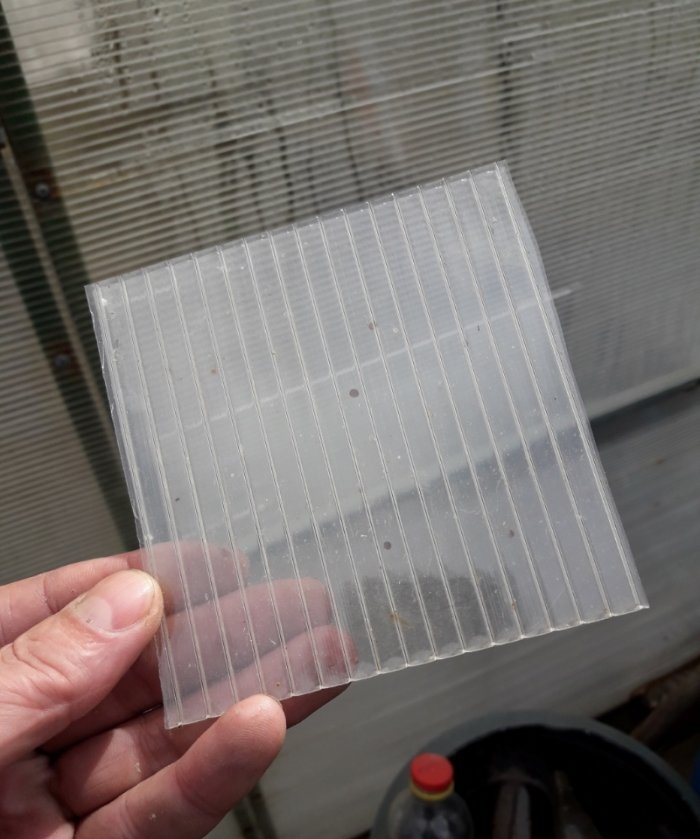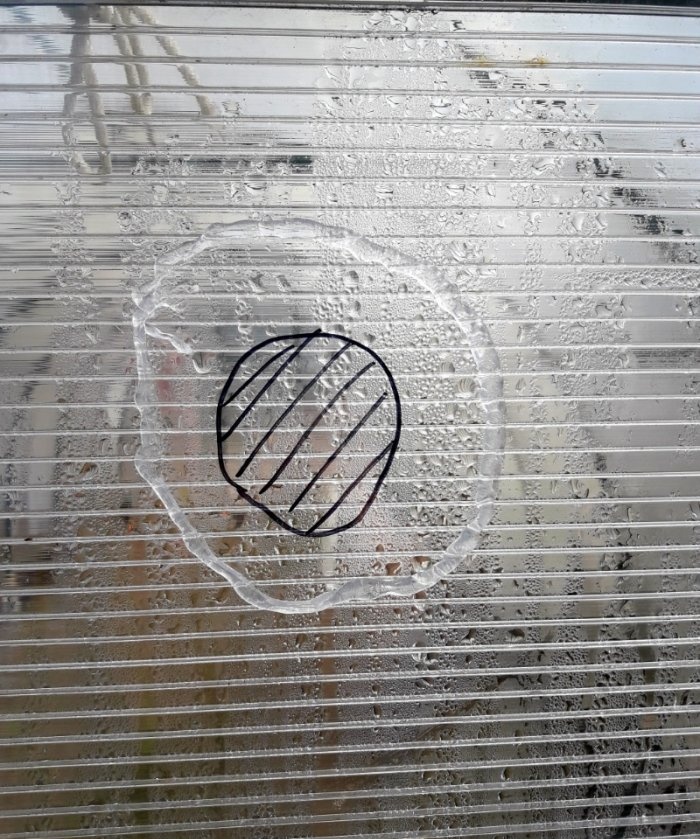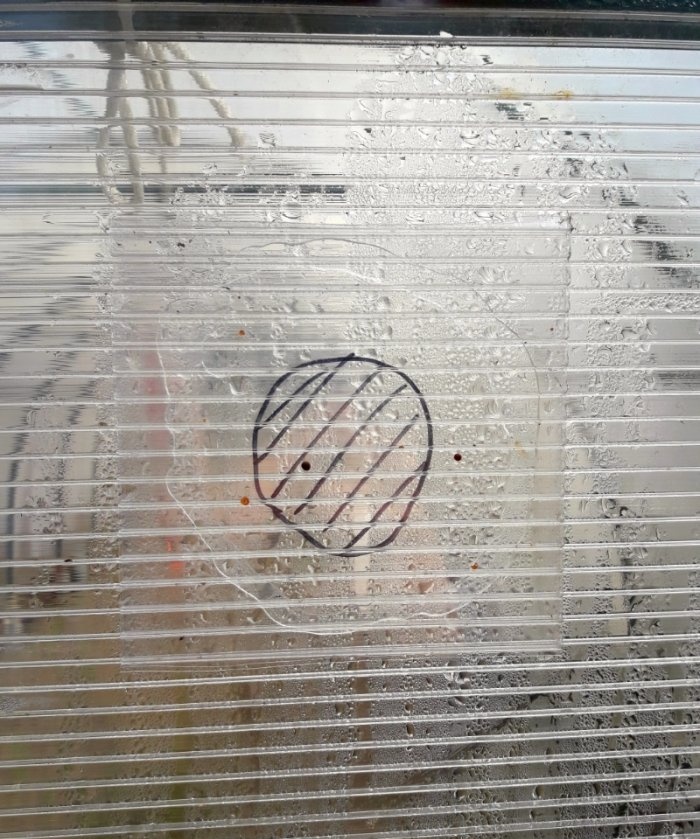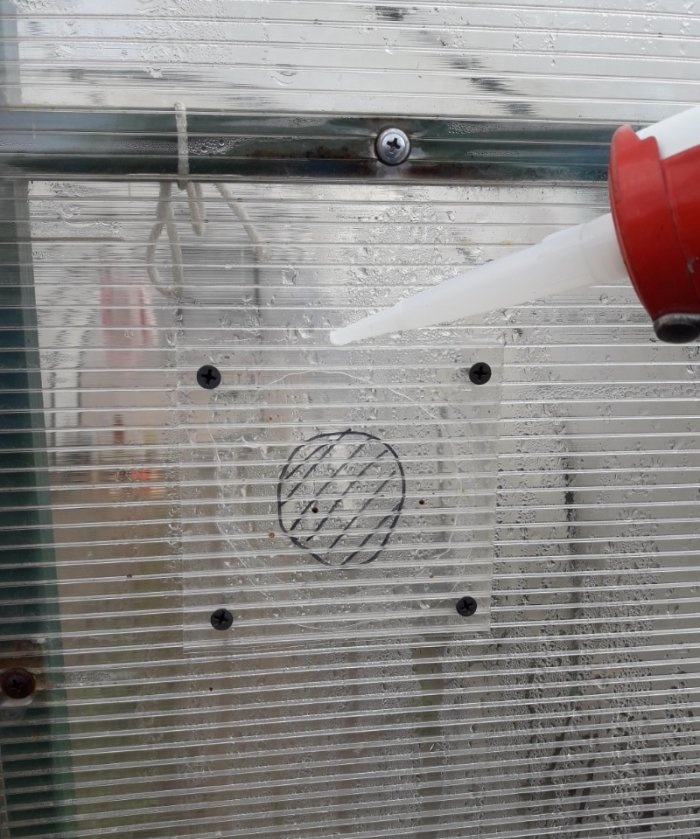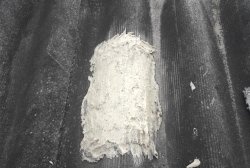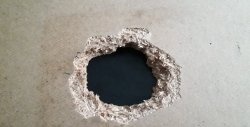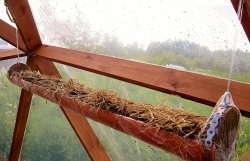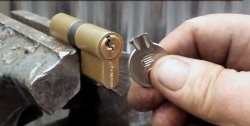Polycarbonate, as a material for a greenhouse, is undoubtedly the best option. Lightweight, holds heat well and is relatively inexpensive. In any case, cheaper than glass. But polycarbonate has one significant and significant disadvantage: it is a very fragile material. It can easily be damaged by using a shovel or hoe in the greenhouse. Or it might damage something outside, as in my case; A dry branch fell from a tree and pierced the polycarbonate. I patched this hole quite easily, quickly and inexpensively. Since I had already successfully repaired a real hole before I decided to share this method, I will give an example drawn with a marker.
Will need
- A piece of polycarbonate for the patch.
- Silicone plumbing sealant (preferably transparent!)
- Wood screws (4 pcs.)
- Phillips screwdriver.
- Stationery knife.
- Alcohol or solvent.
Filling up a hole in a greenhouse
So, we take the prepared piece of polypropylene and use a utility knife to cut out a square patch with a margin of about three centimeters more from the edges of the hole.
Next, clean both surfaces to be glued with alcohol or solvent.Apply plumbing sealant continuously around the entire perimeter of the hole.
We apply the patch to the hole in accordance with the strips available in the polycarbonate and the wall of the greenhouse and simply screw it to the wall of the greenhouse!
The length of the screws does not really matter, since we will unscrew them later. Now we wait for the time indicated on the label of the plumbing sealant for complete hardening (in our case, gluing). After the sealant firmly sticks the patch to the wall of the greenhouse, apply sealant to the joint between the patch and the greenhouse along the entire perimeter of the patch, unscrew the screws and, again, seal the screw holes with sealant.
Now no rain will penetrate inside the greenhouse through this structure, and precious heat will not escape in the fall or early spring. If the holes are small, up to five millimeters, you can simply cover them with the same sealant. You can also coat the joints between sheets of polypropylene, in any case, it definitely won’t make things worse. Why did I decide to use plumbing sealant and not some kind of glue? Because plumbing sealant is made and intended for use in aggressive environments, such as sewers. This means that in simple, natural conditions it will not only cope with loads perfectly, but will also last much longer.


